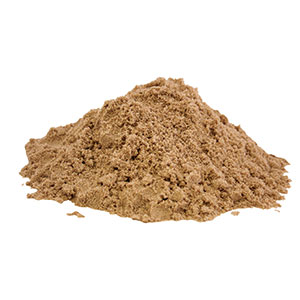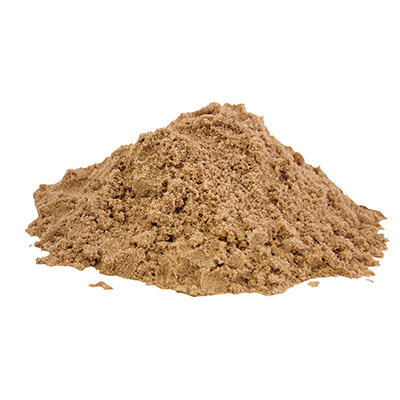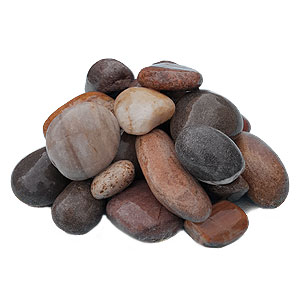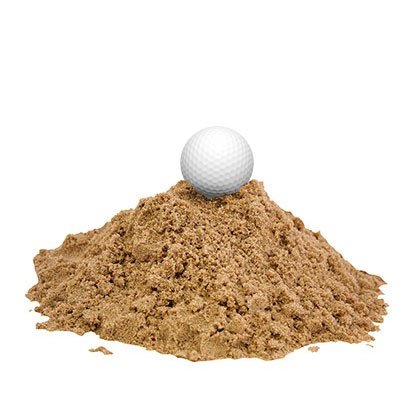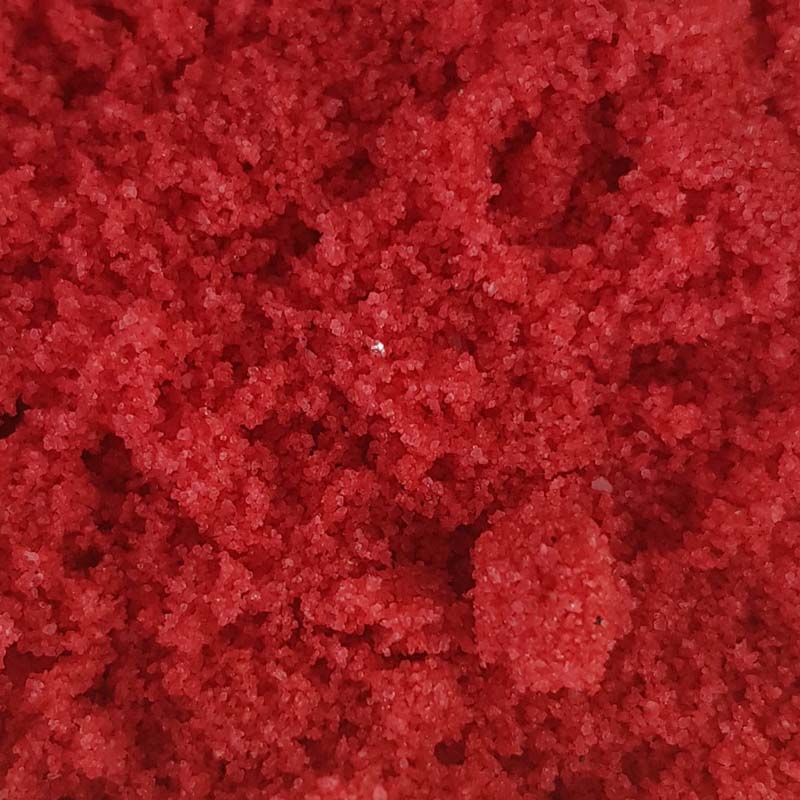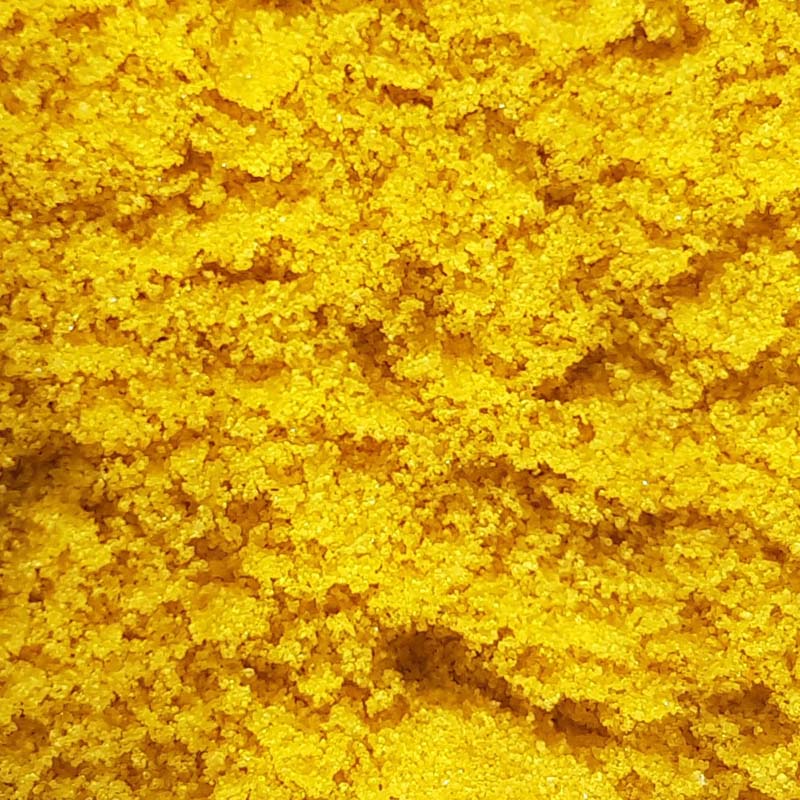When you're looking to order kids' play sand, seeing all the different bags of sand on offer can make it hard to understand exactly what type you need. There are some key differences between all-purpose sand and play sand, so it's useful to know what they are.
Play sand is more refined and is a higher quality composition, which is what you would expect, considering it's going to be used for children's sand play. You shouldn't use plain all-purpose sand in kids' play areas, because it simply isn't designed for that type of use.
All-purpose sand is pretty much what its name suggests. It has been washed to reduce the amount of dust it contains and it has also been sifted. It has a moderately coarse texture; a technical description that means it's free from the majority of larger particles.
Although reasonably small, the remaining particles may still have a few rough edges. All-purpose sand is used for such things as mixing with cement to make concrete, giving paving slabs a firm base and sometimes mixing with potting soil in the garden. It is mainly used for building and landscaping projects and is significantly different from fun sand for children's play areas.
At first glance, you may think you can use regular sand in a sandbox because it certainly looks similar to play sand. However, it is not advisable to let children play in all-purpose sand. It contains much coarser particles and more dust, so it can leave your kids feeling itchy and uncomfortable after playing in it. They can also end up covered in tiny scratches, while they might breathe in the excess dust, causing them to cough.
What is play sand made from?
Did you know "sand" is a term used to describe various materials that contain grains of a certain size? Play sand, like much sand across the world, is made from quartz. White sand found naturally on our beaches is often made from calcium carbonate, while black sand can be made from broken-down volcanic rock.
Play sand has been sifted thoroughly to ensure only the finest grains remain. Because there are only tiny pieces, without any large grains or clumps present, it is so fine that there is much less chance of it scratching or irritating delicate skin.
Decorative Gardens' premium screened play sand, as its name suggests, is the highest quality, non-staining premium sand. It is non-toxic and graded and washed, complying with the safety standard BS EN1177 and BS EN71-3 quality standard. It provides hours of fun for your children and is so fine that it won't make their skin feel itchy or uncomfortable, as general-purpose sand might.

Is play sand safe?
The most important thing about kids' play sand is that it's more rigorously tested. This means that the grains are significantly finer and there is a limit to the number of certain chemicals that can be used. The play sand is also stringently tested to ensure it isn't harbouring any dangerous bacteria growth.
The sand crystals are much finer and tend to have rounded, smooth edges, without the sharper grains of general-purpose sand. You will feel it is softer to the touch and when it gets wet, it sticks together with a smoother feel.
You can also mix it up a little and make the play area look more colourful and exciting by filling it with Decorative Gardens' play sand in bold shades of red, yellow, pink, blue, purple or green. All of our sand, no matter what the colour, is completely safe and non-toxic.
While you can't use all-purpose sand in kids' play areas, you can use play sand pretty much anywhere. You can even use it in place of all-purpose sand for landscaping projects, should you choose to do so, as it will still make cement, even though the grains are so much finer.
Our kids' play sand is guaranteed to be of consistent quality and smoothness. This differs even from the sand you might find at the beach, which can vary greatly, depending on where you live in the country and the quality of your local beach.
Not all sand is the same, but you can guarantee that the play sand purchased from Decorative Gardens is of the highest quality. You can also be sure that it adheres to the relevant safety and quality standards. It is always worth purchasing purpose-made play sand for peace of mind that your kids are playing in a safe environment.

How is play sand processed?
The sand specifically made for kids' play areas must be non-toxic and non-staining, as well as containing fine, rounded grains. Play sand is produced in quarries and is transported to centres for processing. It goes through many different stages to achieve the relevant standards before it officially becomes play sand.
First, it is washed thoroughly to remove any traces of ferrous oxide. This is an important part of its processing, as this is how the sand becomes non-staining. During the production process, the water pressure is changed subtly as the sand is washed, to ensure the grains are as fine as possible and become sufficiently rounded and smooth.
The aim is also to ensure that if a particle accidentally ends up in a child's eye, the rounded shape means it causes less painful scratches and can be removed more easily than a coarse grain of sand.
Once it is in the appropriate condition, the play sand is then shipped out to suppliers, who sell it bagged up to the public. There are modern techniques to bag up play sand, usually involving a sophisticated, mechanical bagging line. This ensures the bags of sand are each of equal weight.
The specialist bags also ensure the sand is kept dry and well-protected from the elements, so it's ready to be delivered to customers in the same clean, pristine condition as when it was packed.
To make sure you're purchasing play sand that you know is safe for your kids, buy from a reputable and trusted supplier such as Decorative Gardens. Contact our friendly and knowledgeable team for further information on our range of kids' play sand.






